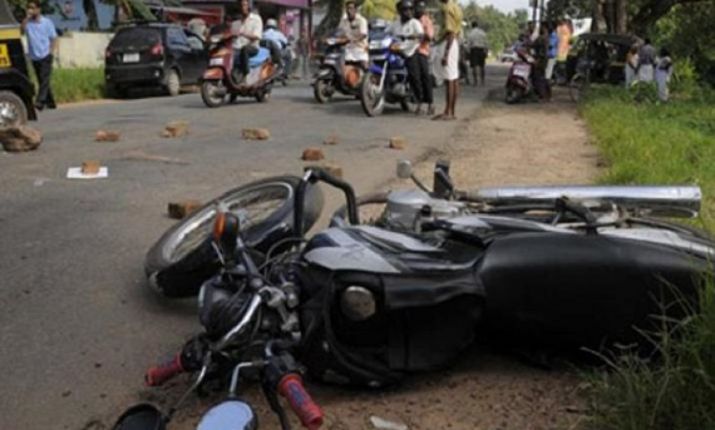‘Almost 90% of teenagers do not wear helmets while driving heavy two-wheelers, which is a main cause of road crashes’.
NEW DELHI: While driving on roads, one has often seen a teenager asking the traffic police to let him go as his mother is not well and she needs medicines. This is often the common excuse provided by teenagers in the case of underage driving, as per Delhi traffic police. Today, the cases of underage driving have increased, and almost 90% of teenagers (16-18) do not wear helmets while driving heavy two-wheelers, which is one of the main causes of road crashes that go unreported.
“Parents are also negligent of such behaviours and are equally responsible for such mishaps,” an officer from Delhi Traffic Police told The Sunday Guardian. However, the officer denied giving further information on the number of complaints of underage driving they receive.
Similarly, another traffic police officer from Firozabad told this paper, “Underage driving is still very common. We come across many cases, and we take action against them. You can find these underage drivers in small lanes or galis. We call their parents and register a complaint.”
The NCRB report states that traffic accidents have increased from 3,68,828 in 2020 to 4,22,659 in 2021 and children below 18 contribute to 9.6% of fatalities. Unfortunately, there are no official records on the number of underage drivers available online. It is important to understand what kind of vehicle should be provided to teenagers to avoid accidents.
Discussing in detail, Piyush Tewari, founder and CEO of SaveLIFE Foundation, told this paper, “Over 40 children are killed each day in road crashes in India, and an unreported portion of this is composed of underage drivers. The Indian legal system allows those between 16 and 18 years of age to drive gearless two-wheelers of up to 50 cc engine capacity. No one below this age should drive any motor vehicle, and even those within the 16-18 year range, should be trained properly and remain restricted to the prescribed vehicles that they are allowed to drive.”
The law against underage driving has specified that the guardian or the owner of the vehicle will be liable to be punished or proceeded against accordingly. According to Section 4 of the Motor Vehicle Act of 1988, no one under the age of 18 is permitted to drive a motor vehicle in a public area. So, if a child is under 18 years old and is found operating a motor vehicle without a learner’s permit, the guardian is accountable under Section 199A of the Motor Vehicle Act of 1988. A fine of Rs 25,000 and a maximum sentence of three years in jail may be imposed. The vehicle registration will also be cancelled, and the juvenile, who committed the offence, will not be eligible for a learner’s permit or a driver’s licence until they turn 25 years old.
Despite the government enforcing strict laws against underage driving, parents and children are unconcerned about the consequences. “Continuous education and law enforcement are key to avoiding traffic accidents. Traffic education must be provided to various age groups at the school level,” J. Krishnamoorthy, former joint director of the Institute of Road Transport, said.

